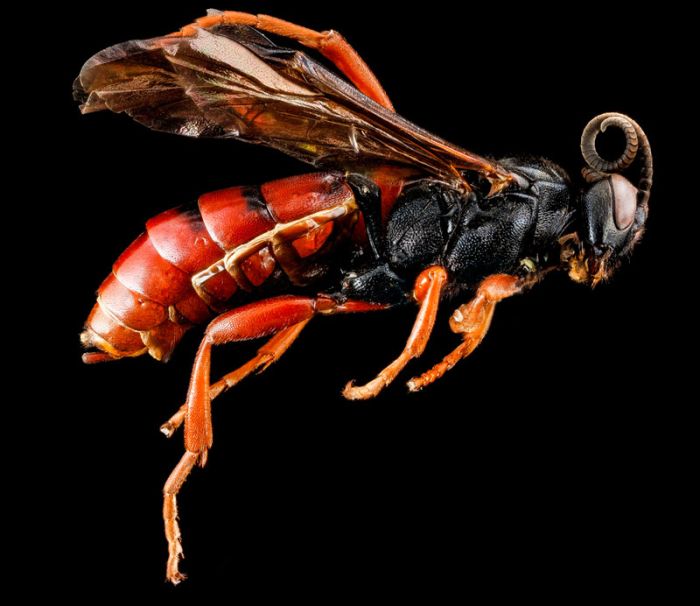Insect Macro Photography
|
Insect walking is of particular interest as an alternative form of locomotion in robots. The study of insects and bipeds has a significant impact on possible robotic methods of transport. This may allow new robots to be designed that can traverse terrain that robots with wheels may be unable to handle.
• Swimming
A large number of insects live either parts or the whole of their lives underwater. In many of the more primitive orders of insect, the immature stages are spent in an aquatic environment. Some groups of insects, like certain water beetles, have aquatic adults as well.
Many of these species have adaptations to help in under-water locomotion. Water beetles and water bugs have legs adapted into paddle-like structures. Dragonfly naiads use jet propulsion, forcibly expelling water out of their rectal chamber. Some species like the water striders are capable of walking on the surface of water. They can do this because their claws are not at the tips of the legs as in most insects, but recessed in a special groove further up the leg; this prevents the claws from piercing the water's surface film. Other insects such as the Rove beetle Stenus are known to emit pygidial gland secretions that reduce surface tension making it possible for them to move on the surface of water by Marangoni propulsion (also known by the German term Entspannungsschwimmen).
|
|















